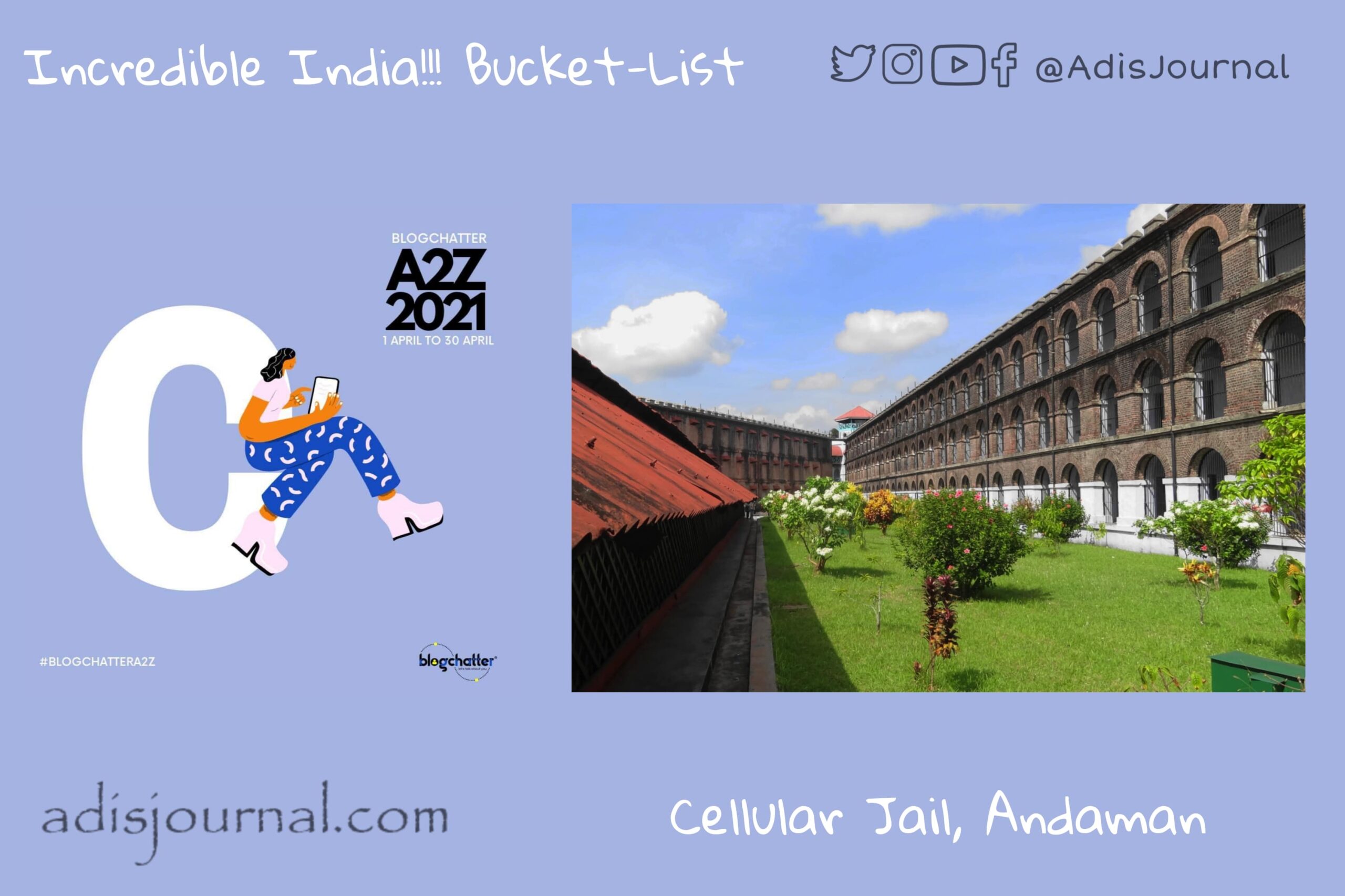For the first two days, we travelled to masterpieces of Dravidian and Gothic Architectures in the state of Tamil Nadu. Two beacons of faith – each for Hindus and Christians. Our today’s destination is a Beacon of Remembrance of Sacrifice. Cellular Jail, Andaman. This place constantly reminds us about the sacrifices of our freedom fighters, tortures they endured at this ‘Kaala Pani’. British Raj incarcerated many notable freedom fighters like Batukeshwar Dutt, Bikram Ghosh, Yogendra Shukla, V.O. Chidambaram Pillai and Savarkar Brothers in these infamous torture house. Currently, India honours this place as a National Memorial in memory of these freedom fighters.

Story time:
Right after the suppression of revolt of 1857, Britishers executed most of the revolutionaries. However, they exiled surviving revolutionaries for life on the remote island of Andaman to cut their ties to the mainland. They even started calling it as ‘Kala Pani’ to threaten them with loss of caste, resulting in social exclusion over a Hindu belief of ‘Sindhu Bandi’ (ban on overseas journey). Population of prisoners increased to around 1000 from the initial 200 prisoners in the first 10 years.

HQ of Ross Island Penal Settlement 
Construction of New Jail
As the independence movement picked up pace towards the end of the 19th century, the number of prisoners shipped to Andamans increased significantly. Which triggered the building of a new prison complex starting in 1896 which was completed in 1906. It was the same period when harsh punishments and intense labour started to be a part of ‘punishment of transportation to the Andaman Islands’
Harsh punishments and labour
When prison actively held prisoners, they had to undergo intense labour like running the oil mills, pulling the coir thrades by hands etc. Failing to complete the task or obey the orders, offenders were thrown in solitary confinement or subjected to harsh punishments like flogging, reduced diet, suspension in an iron suit, etc.. Many prisoners took a route of hunger strikes to protest against such barbaric punishments. To break these strikes, officers of the British Raj took extreme measures and tried forcefully feeding them with tubes. Because of this few of them died by “Drowning in milk”.

Oil mill 
Flogging frame
These horrific punishments continued till 1939. Beginning of World War II forced to empty just. Later for a brief period of one and half year, Indian National Army occupied and governed the island till the surrender of Japan at the end of World War II
Architecture:
As I mentioned earlier, construction of prison buildings started in 1896 with puce-coloured bricks imported from Burma. It continued till 1906. Building had seven radial wings connected with a central tower used by guards to keep watch on all prisoners. Jeremy Bentham’s concept of Panopticon inspired the design of this jail. These seven wings comprised a total of 696 cells of 4.5 by 2.7 metres spread over three stories. There are no dormitories in the jail. The building is so designed that every cell faces the back of the other cell. As a result, communication amongst prisoners impossible. Cellular jail derived its name from these solitary cells.



What not to miss:
Today, only three wings are standing as a beacon of remembrance of sacrifice with a status of National Monument declared by the Prime Minister of India in 1979. There is a small museum depicting various punishments and hard labour activities which those prisoners went through. There’s a light and sound show in Hindi and English narrating and showcasing the trials and tribulations of the inmates along with guided tours of the complex.
Today, let’s halt at this place and pay our homage and respect towards these freedom fighters and begin our journey northwards tomorrow.
I am participating in the A2Z challenge with Blogchatter and this is my take on day 2 challenge. “C is for the Cellular Jail, Andaman”. You can find my other posts from this challenge here.













